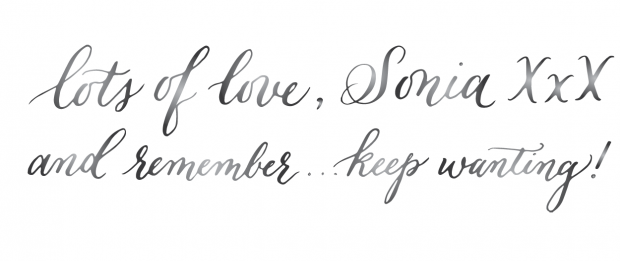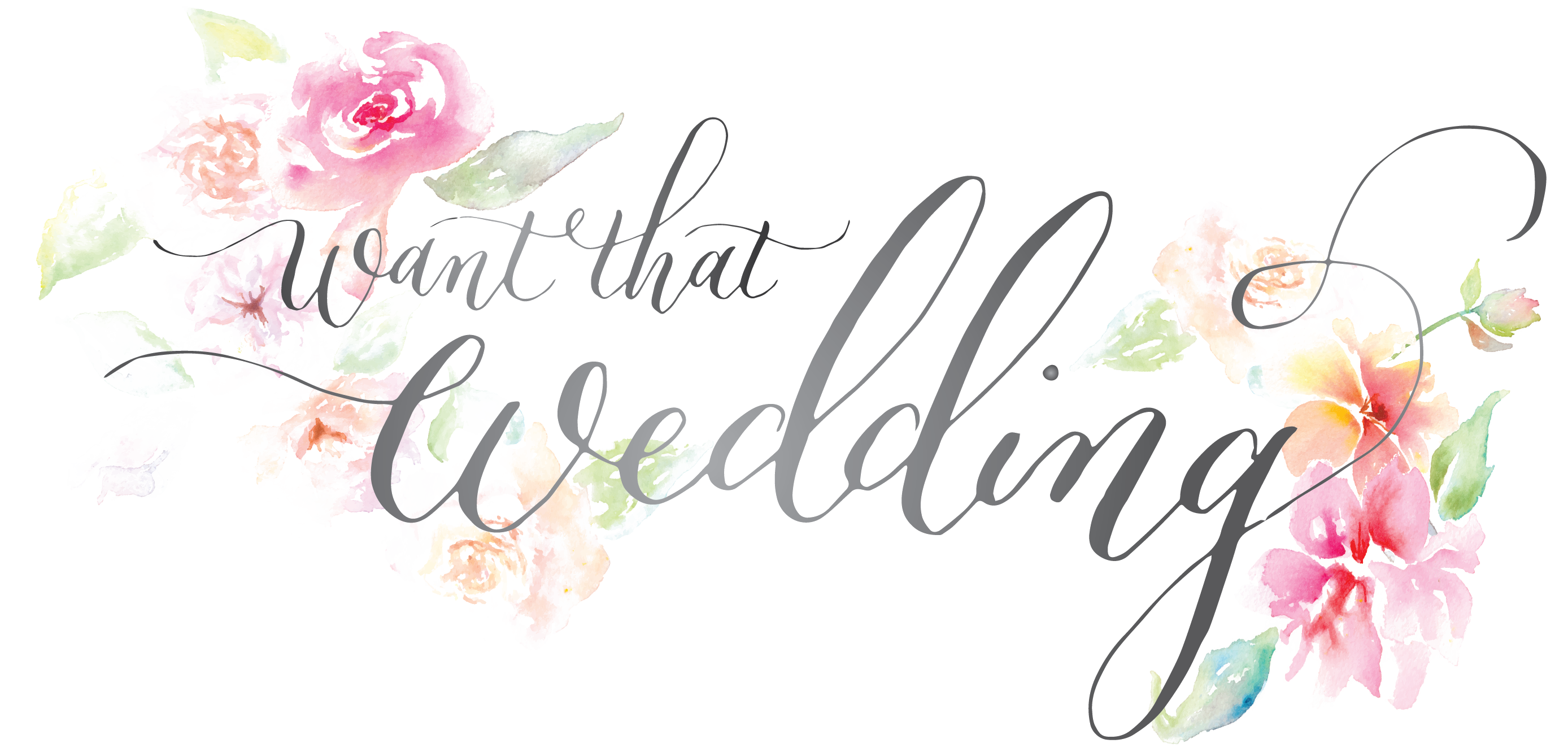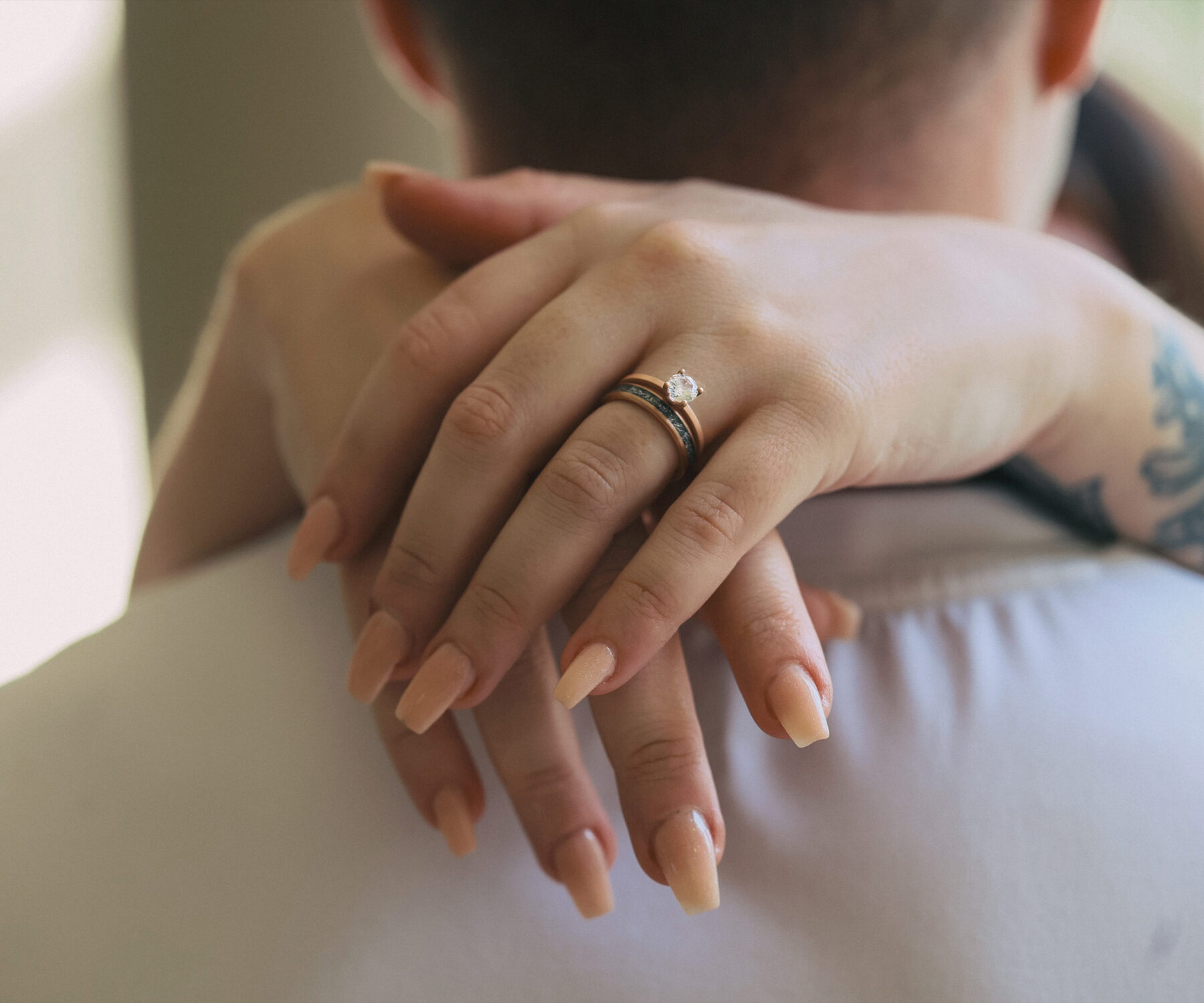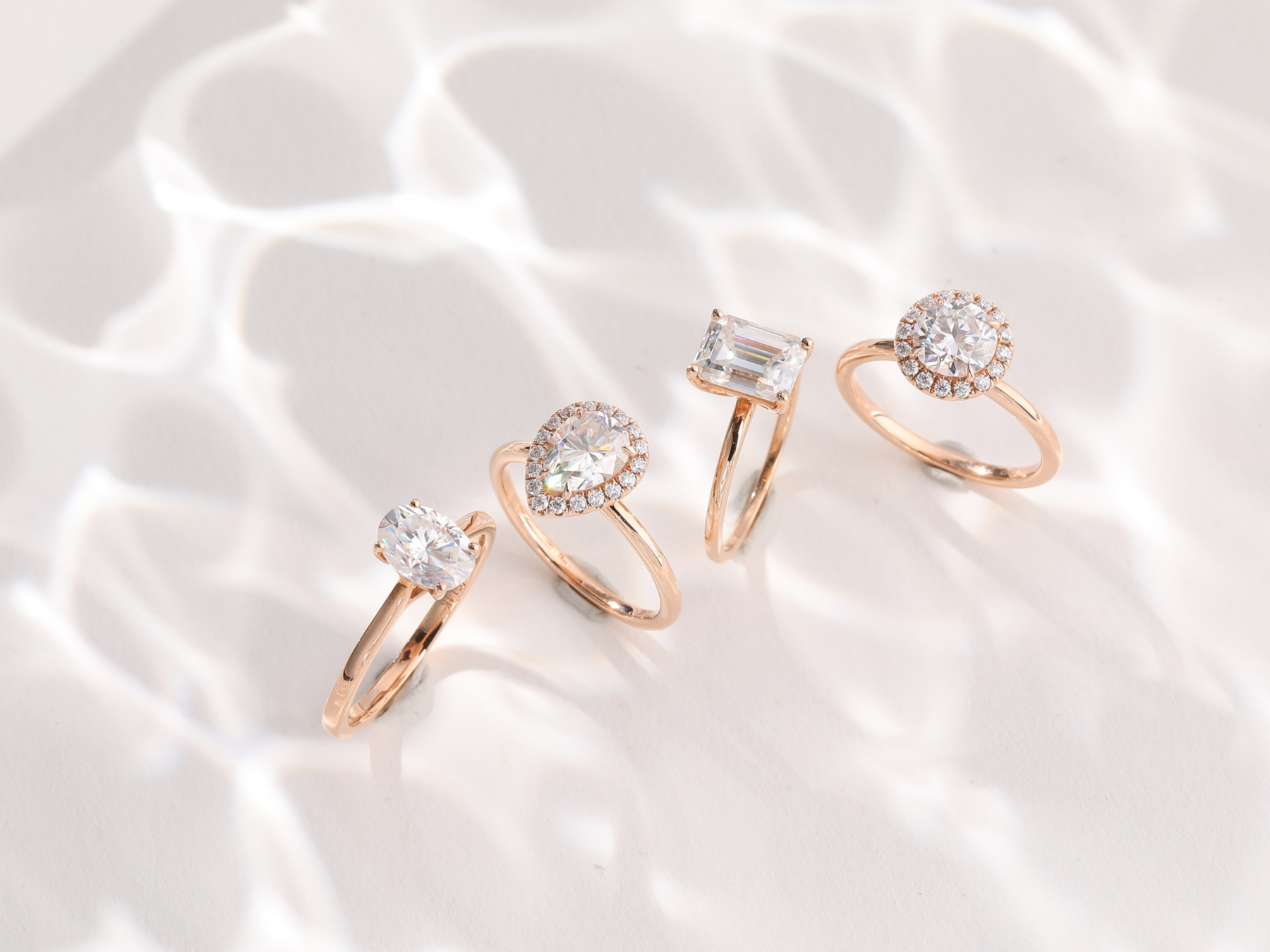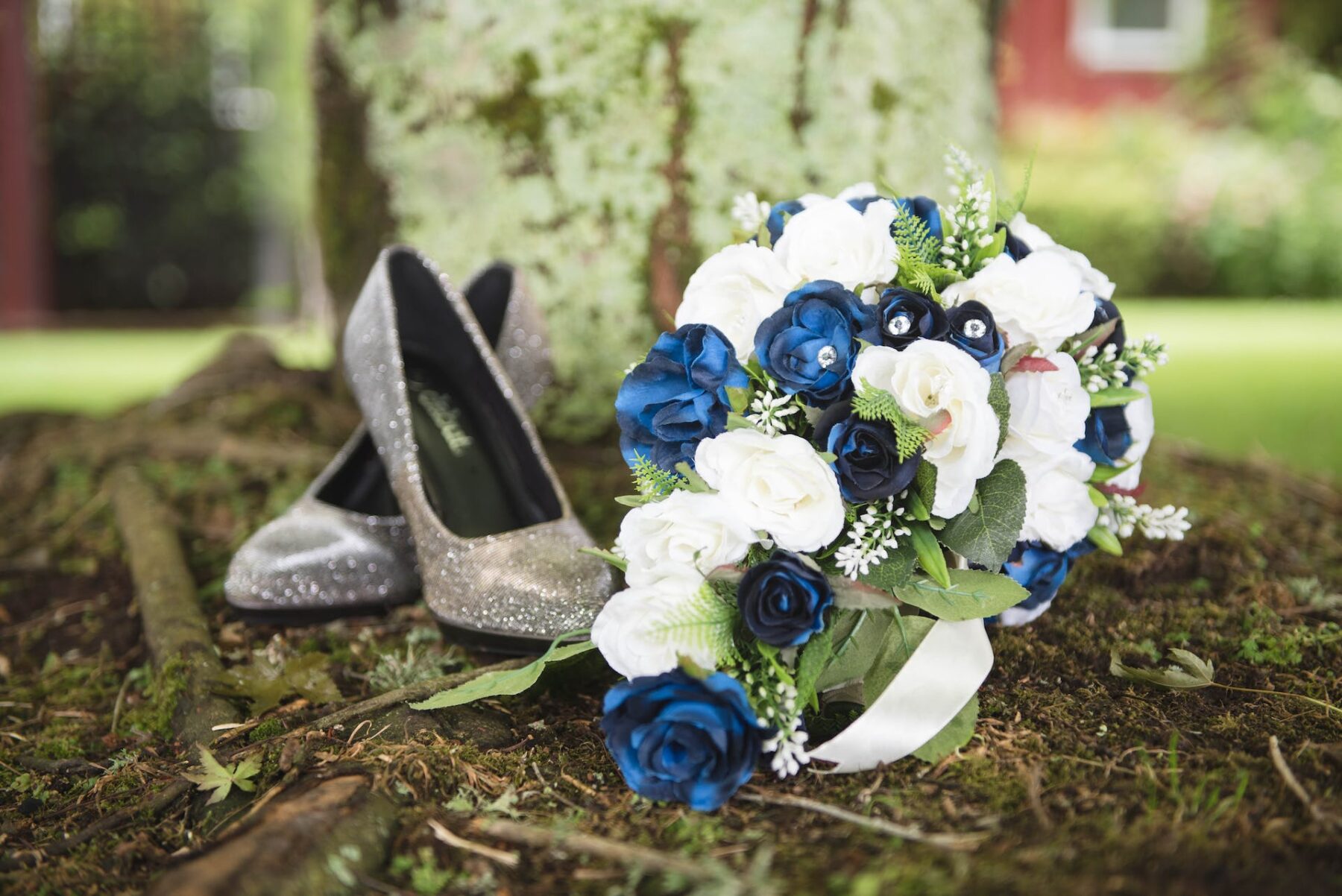You’re out for jewellery shopping, diamond to be precise. But, how do you identify whether your choice equals the money you’ve spent on the diamond?
Wait, why are diamonds so expensive, anyway?
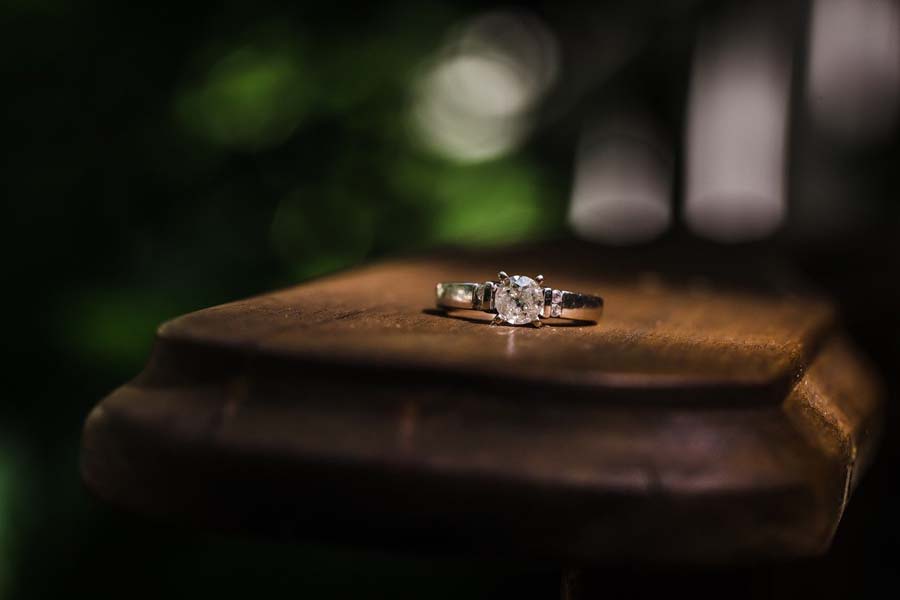
It takes many years before a diamond matures and harvesting takes place. The harvesting process is tedious, and the process following that is long and precise, to ensure the gem is in perfect quality and shape. Hence the high prices.
Your choice for the right quality that matches the money you spend depends on four factors. Let’s explore these 4cs.
1. Colour
The diamond colour chart varies from clear to a tint of yellow. Diamonds in the market are put under letters depending on how clear or the amount of yellow colouring it carries. D holds the most transparent diamonds, and a crystal in this category is undoubtedly expensive and rare, though they are the most sought after. Z, on the other hand, is the category carrying diamonds with the densest of a yellow tint.
You can find a good illustration on the Pricescope diamond and jewellery forum that illuminates what diamond colour entails. According to the GIA diamond colour chart, D carries colourless diamonds. Similarly, E has bright diamonds as well, but the difference between E and D is invisible to the human eye. Some gemologists don’t know how to differentiate these colour variations. Choosing a diamond colour in the lower part of the chart might not pinch your pockets, but as you proceed up, the price increases drastically.
2. Carat
The weight of the diamond also determines your spending and the clarity of the colour of the diamond. When you put a 0.5 carat and 5-carat diamonds belonging to the same colour grade together, the tint of the colour is more visible on the 5-carat diamond. Additionally, a 5-carat is more expensive than 0.5 carats due to size difference.
3. Clarity
You can diamond far below the earth’s surface. They, therefore, acquire inclusions on the inside and blemishes on the outside. The grading of diamond clarity is from Loupe Clean (LC), which means the clarity is perfect, to Piqué 3 (P3) that has blemishes.
4. Cut
A diamond reflects lights depending on how it’s cut. A poorly cut diamond with imperfections and unclear angles makes it look dull. The best-cut diamond should have edges that interact correctly with the light and high-quality facets because they allow the dark and light pattern in the gem to reflect light or shine.
What about Certification?
On GIA and AGS scale, the colour of a diamond grading is typically in letters ranging from D to Z. These scales tell you the quality of the gem. It’s, therefore, necessary you ask your vendor whether the diamonds are certified and by who. However, be wary of a vendor who tells you the crystals belong in a specific range like D-E instead of the particular category. If the gem belongs to category D, then it’s D and not between D and F.
Take-Home
Unless you want a diamond with a hint of yellow, don’t carry one home. If the tint of yellow is not visible to your eyes, ask for help or shop alongside someone. Remember, the clearer it is, the more you’ll spend.
